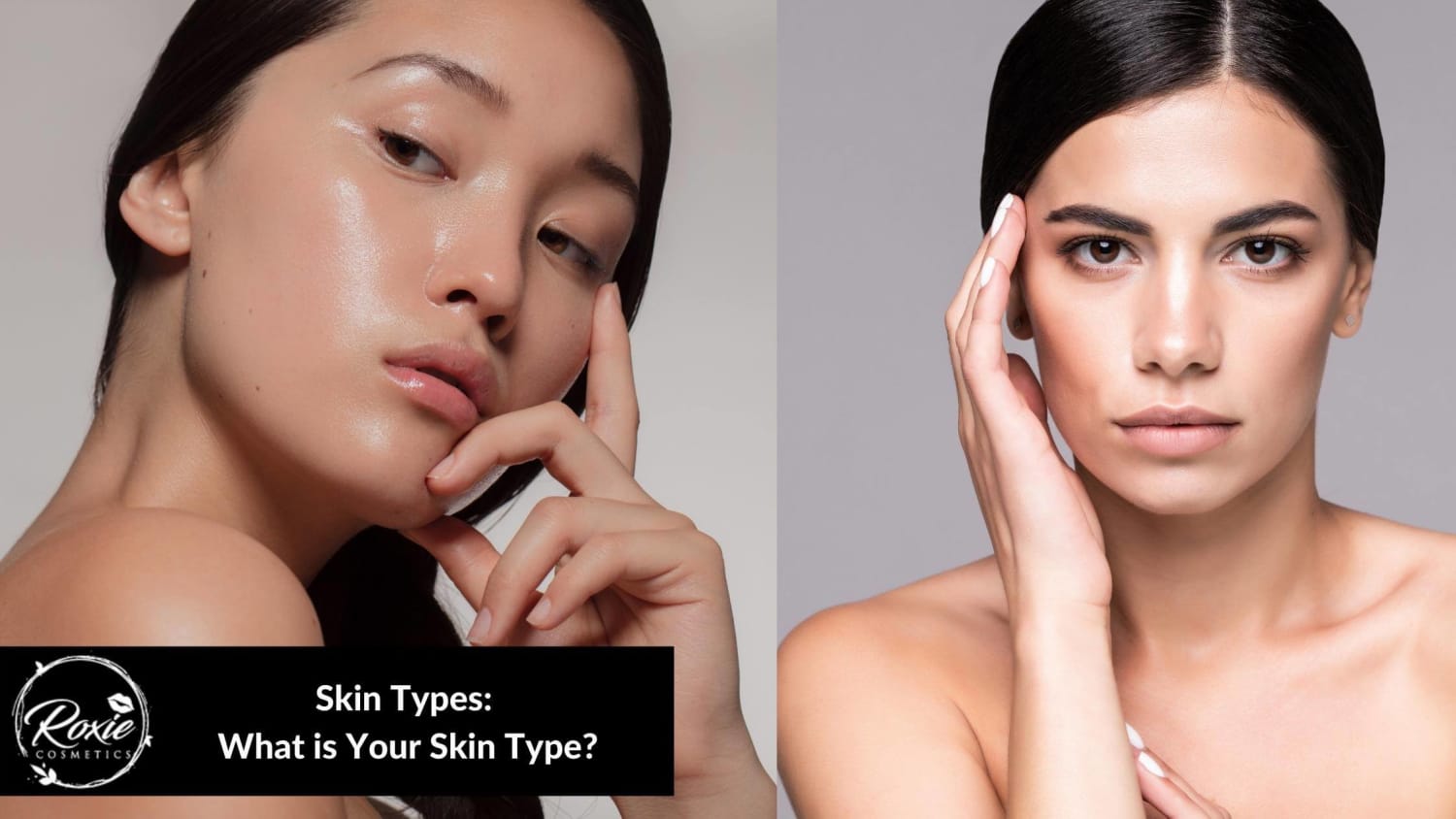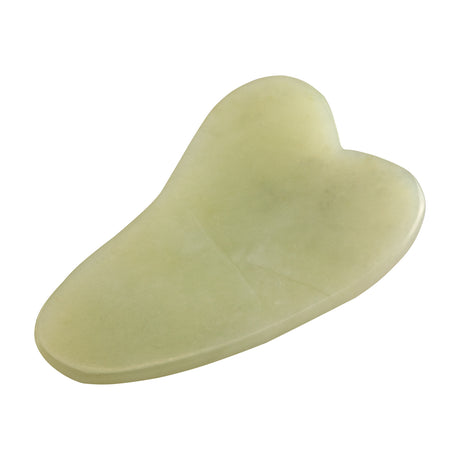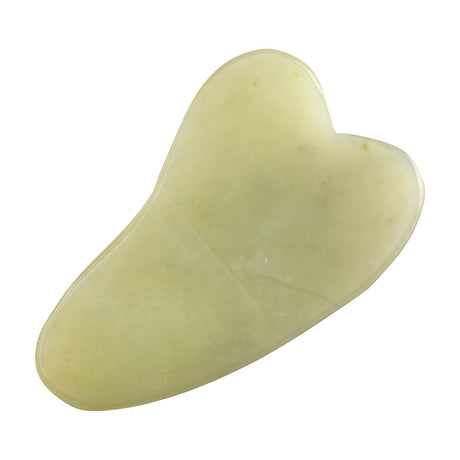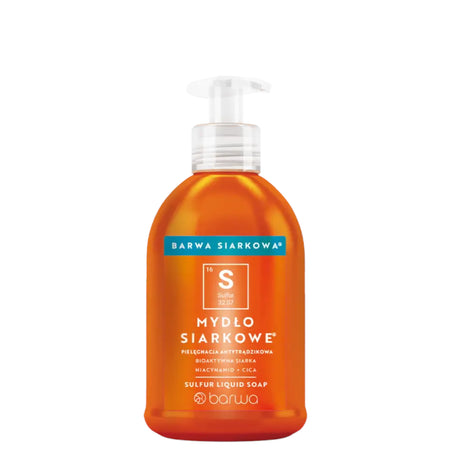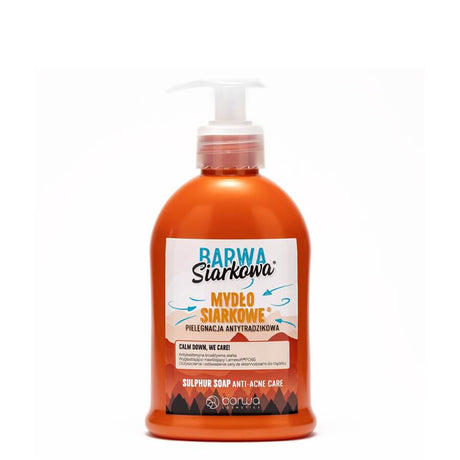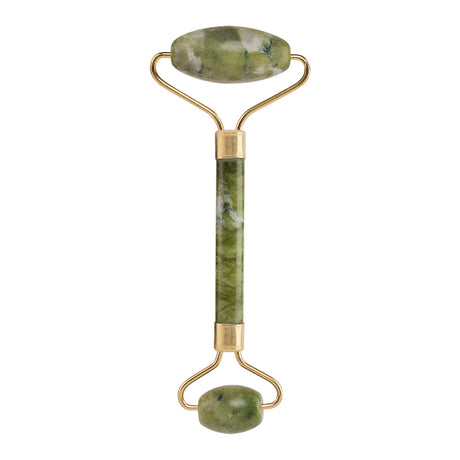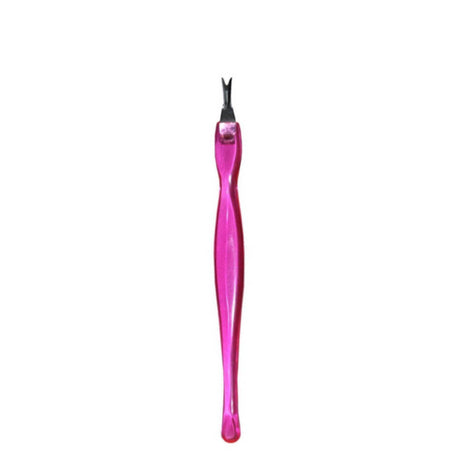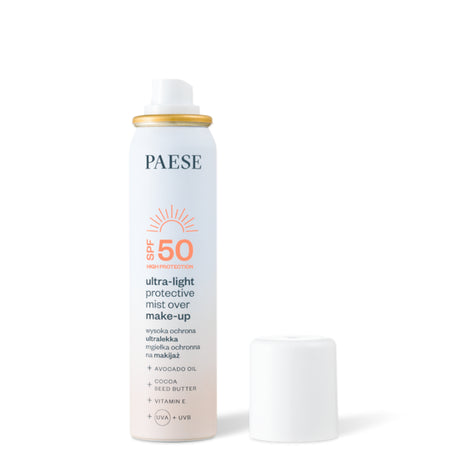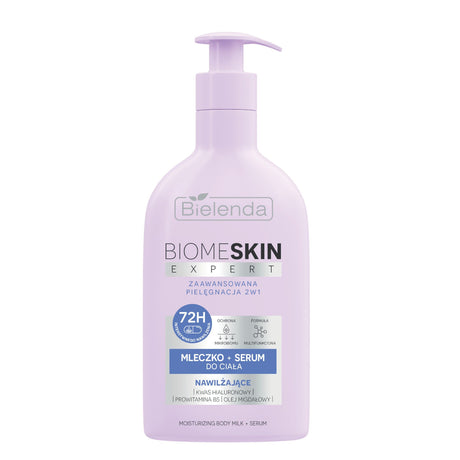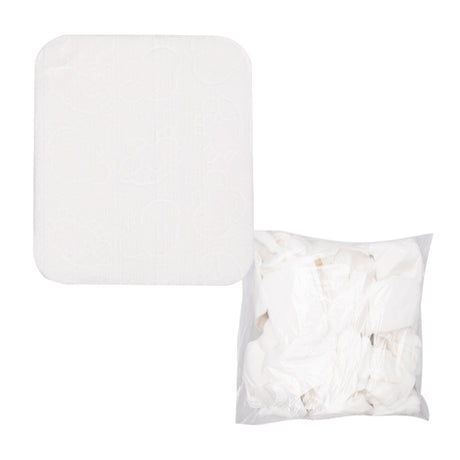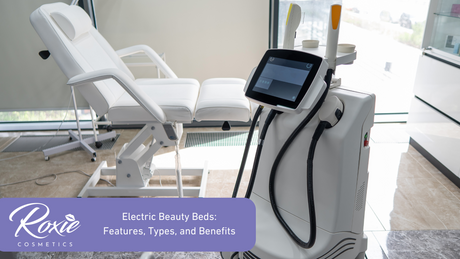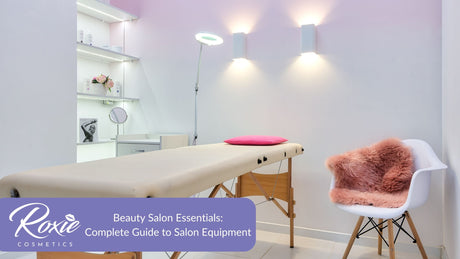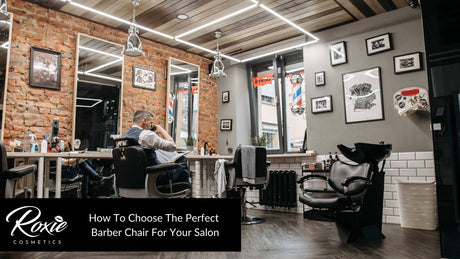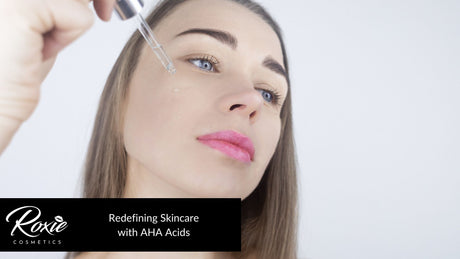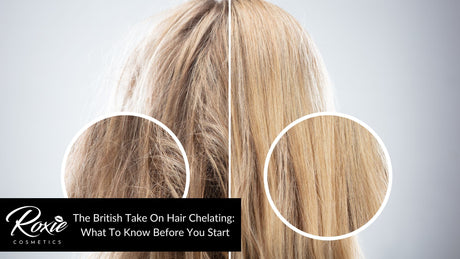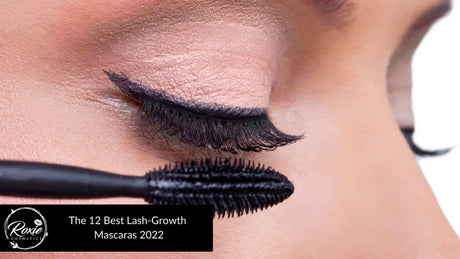The facial skin is the most visible area of the body. The condition and look of the facial skin are important factors of overall health and also contribute significantly to self-esteem. Problems with facial skin and age symptoms are clearly noticeable on the face and can cause severe humiliation and undermine a person's confidence. However, skin type is determined by genetics, and the health of the skin can vary dramatically depending on the various internal and external factors to which it is subjected.
Like all skin, facial skin serves as an essential barrier to the external environment. However, unlike the majority of the body's skin, it is nearly constantly in direct contact with the elements, including the sun and UV rays. Facial skin is very thin and sensitive, making it particularly prone to ageing, but the quality of one's facial skin varies from person to person. There are six different skin types: normal skin, dry skin, oily skin, combination skin, sensitive skin, and scaly skin. All these types of skin feature different characteristics.
- Normal skin features fine pores, soft and smooth texture of the face, with no blemishes.
- Dry skin features a tight or dry feeling in the face, especially after bathing, and it has a dull complexion and is blotchy, with barely visible pores.
- Oily skin features large pores, looks shiny, especially around the nose and forehead, and feels greasy.
- Combination skin type features oily skin centred around the chin, nose, and forehead, prone to acne on the chin, nose, and forehead, dry or normal skin within the mouth, eyes, and check areas, and visibly enlarged pores around the chin, nose, and forehead.
- Sensitive skin type features skin that stings, itches, or burns when applying products, and sensitive skin type has visible reactions to substances, with peeling, bumps, or hives.
- Scaly skin type features cracked dry skin, peeling, itchy, and flaky.
1. Normal Skin
Normal skin (eudermic) refers to a well-balanced skin type. Moisture content, sebum production, and other elements affecting skin health are all within normal levels. Normal skin is less prone to skin issues, such as breakouts, flakiness, and a slippery or tight feeling.
To identify skin type, normal skin features radiant complexion, good blood circulation, free from skin blemishes, and pores that are hardly visible. Normal skin may not have any specific issues or concerns, but proper skincare products are still required to keep the skin hydrated. For normal skin, products such as a gentle, effective cleanser, toner loaded with skin-replenishing ingredients, a non-irritating hydrating AHA or BHA exfoliant, sunscreen with SPF 30 or higher that also includes antioxidants, and a beautifully formulated moisturiser with skin-restoring and skin-soothing ingredients are used.
2. Dry Skin
Dry skin (Xerosis) refers to a skin type that generates less sebum than normal skin. It is a prevalent issue that accounts for roughly half of all dermatologist visits. Dry skin can be caused by both genetic and environmental factors. People with dry skin may lack some natural moisturising elements that help in water retention and may produce less sebum than people with other skin types. Sebum is the oil that forms a skin barrier that protects the skin from environmental elements such as temperature, dirt, and humidity.
To identify the skin type, dry skin features rough skin texture, fine lines and wrinkles, and dull complexion and blotchy with barely visible pores. Dry skin type problems include flake, itch, crack, and even bleeding. It often feels tight, especially right after cleansing. A possible solution for dry skin is to seek out and utilise products containing hydrating components such as hyaluronic acid, glycerin, and ceramides, as they will help in the restoration of the skin's protective barrier.
3. Oily Skin
Oily skin (Seborrhea) refers to the skin type that has a greasy appearance. Oily skin is caused by overactive sebaceous glands that produce an excessive amount of sebum. Oily skin, like most skin types, is highly impacted by genetics. Other factors, such as hormonal changes during pregnancy or adolescence, stress, certain medications, food, and skincare product selection, can all contribute to oily skin. This skin type is more common in men than in women, and it is more common during adolescence and early adulthood.
To identify the skin type, oily skin features enlarged and clearly visible pores, skin appears shiny and greasy, and skin looks thicker and paler. Acne breakout is a typical issue for those with oily skin, particularly in the T-zone area of the face. Individuals with oily skin should wash their faces with a gentle cleanser and use non-comedogenic products that will not clog their pores. Acne medicines can also be used to address excessive sebum production.
4. Combination Skin
Combination skin is the most common type of skin and is defined by a combination of oily and dry skin in different parts of the face. Typically, individuals with mixed skin have oily skin in their T Zone. This indicates an excess of sebum on the forehead, nose, and chin. Dry skin often affects the cheeks, mouth, and eyes due to a lack of sebum production in these areas.
To identify the skin type, combination skin features oily skin centred around the chin, nose, and forehead, dry or normal skin within the mouth, eyes, and check areas, and visibly enlarged pores around the chin, nose, and forehead. Fine lines, wrinkles, and clogged pores are all common problems with combination skin. Combination skin can be particularly challenging to manage due to this combination of traits and issues. Individuals with combination skin require customised skincare regimens that address their unique skin regions and conditions. Combination skin types used products containing hyaluronic acid, salicylic acid, lactic acid, emollients, and vitamin C.
5. Sensitive Skin
Sensitive skin is a type of skin that is easily irritated by a variety of elements that are normally tolerated by healthy skin, such as skincare products or changes in temperature. Sensitive skin is a chronic disorder for some people, while it is triggered by certain internal and environmental factors for others. It happens when the skin's natural barrier function is compromised, enabling moisture to escape and irritants to penetrate.
The symptoms are increased by things that affect facial skin the most, from the sun to certain compounds in cosmetics and cleansers. To identify the skin type, sensitive skin features fragile skin, redness, and itching. Common problems with sensitive skin type include acne, eczema, psoriasis, and rosacea. Irritation of the skin because of a reaction to a skincare, cosmetic, or household product is not heritable. Individuals with sensitive skin should always shower with warm water and avoid harsh astringents and exfoliants. For sensitive skin, products including sodium hyaluronate, vitamin E, hydrolyzed elastin, Olea europaea, Edelweiss extract, and Laminaria saccharina are used.
6. Scaly Skin

Scaly skin is characterised by the loss of the epidermis's outer layer in large, scale-like flakes, with the skin appearing dry and cracked. Scaling skin can occur because of an injury or a medical condition that destroys the skin's outer layer. Certain conditions affect the structure and moisture content of the skin or cause the body to create additional skin, resulting in dry or flaky skin.
To identify the skin type, scaly skin features cracked dry skin, peeling, itchy, and flaky or scaly. Common problems of scaly skin type include allergic eczema, psoriasis, toxic shock syndrome, ichthyosis Vulgaris, etc. Individuals with scaly skin should avoid excessive bathing and reduce itching by using a clean, cold, damp towel to the affected area. Scaly skin types used products containing lubricating substances such as glycerin and dimethicone, beneficial acids such as hyaluronic acid, lactic acid, and salicylic acid, as well as oils and butter such as shea butter, jojoba oil, and lanolin.
How to Identify Skin Type
Understanding the individual skin type and how it adjusts to certain circumstances or seasonally is the most important step in skincare. There are two easy methods to use in identifying skin types. First is the bare-faced method. Individuals can use this method to gain a sense of what their skin looks like when it is free of skincare products. This is the simplest and safest method to determine skin type, and it only takes 60 minutes. Individuals need to wash and pat dry their faces with a soft soap or a moderate cleanser.
Apply no moisturiser or serum to the face because it should be entirely bare. Wait for a half-hour and then examine the face. Pay particular attention to the cheeks, nose, chin, and T-zone. To investigate further, use facial muscles to frown and smile. Wait for another half-hour before re-examining. The skin is classified as dry if there is visible dryness or if it feels dehydrated or tight. If there is shine on the face, but only in the T-zone, it is a combination skin type, and if there is shine all over the face, it is an oily skin type.
The blotting sheet is the second method. This method is faster and is frequently a great differentiator on how to identify skin type. Gently pat a blotting paper around the different parts of the face. Hold the sheet up to the light to see how much oil is visible. If the sheet gathered little to no oil, the skin is most likely dry. If the blotting sheet exposes oil on the forehead and nose, the skin is a combination type. Lastly, if the blotting paper is saturated with oil, it is quite likely that the person has oily skin.
What are the Facts about Skin Types?
Human skin comes in a wide range of colours, from dark brown to nearly white. Individuals' skin colour is determined by a variety of factors, including genetic inheritance, but the most important is the amount of a pigment called melanin in their skin. Melanin is the pigment that controls the colour of the skin and is produced by skin cells in response to sun exposure. The more time spent in the sun, the more melanin is produced. There are two forms of melanin: eumelanin, which gives the skin a brown or tanned appearance, and pheomelanin, which gives the skin a red or burned appearance.
The skin type can change during a person's life. Changes in the skin are one of the most noticeable symptoms of ageing. Wrinkles and sagging skin are indicators of growing age. The most significant factor of ageing is too much sun exposure. When UV rays reach the skin, they interact with melanin, a natural pigment in the skin. Overexposure to UV radiation on a regular basis can cause skin ageing and other types of skin damage. Excessive sun exposure can also lead to a variety of skin cancers, including life-threatening melanoma; eye damage such as cataracts, which impair vision; and a weakened immune system, making people less able to fight infections.
Which Skin Type is More Sensitive?
Sensitive skin is defined as skin that is easily affected by many factors. Symptoms are exacerbated by factors that facial skin is most exposed to, such as the sun and certain substances in cosmetics and cleansers. Sensitive skin is more likely to react to stimuli, and It is fragile skin that is generally accompanied by discomforting symptoms such as heat, tightness, redness, or itching.
The sensitive skin type loses its protective function, allowing germs and irritating chemicals to penetrate and raising the risk of infection and allergic responses. However, there are products that can be used for sensitive skin, such as a cleanser that contains soy proteins and is rich in amino acids to help keep skin smooth, an advanced serum that can be easily included in a skin-care regimen and does not irritate the skin, and sunscreen with at least SPF 50 to help rebuild the skin barrier, which protects the skin from temperature changes and free radicals. Sensitive skin is particularly thin, and a lack of Coenzyme Q10 reduces cell regeneration capacity, making it more vulnerable to oxidative stress damage. This might cause sensitive skin with premature aging indications such as fine lines and wrinkles and a dry surface texture.
Which Skin Type Requires More Care?
Sensitive skin requires more care. Sensitive skin is prone to irritation and individuals with sensitive skin may develop acne, rosacea, or contact dermatitis, which is characterised by red, itchy rashes. Sensitive skin is delicate skin that requires more attention to fight dryness, roughness, and its natural appearance. There are products that can be useful for sensitive skin types. These products include a cleanser formulated with soy proteins rich in amino acids to help keep skin soft, an advanced serum that can be easily incorporated into a skin-care regimen without causing irritation, and a sunscreen with an SPF of at least 50 to help restore the skin barrier, which protects the skin from temperature changes and free radicals.
Sensitive facial skin can be caused by a variety of factors, signs, and symptoms of aging, and it can be accompanied by itching, tightness, or rashes. Sensitive skin shows visible signs of ageing at the age of 25. The most visible signs are fine lines and wrinkles, volume loss, and density decrease. However, not all changes are visible. The most visible difference in sensitive ageing skin is in the way the skin feels.
What Skin Care Products should be used according to Age?
Individuals' skincare routines and products should adapt to their changing needs. Skincare products help in defending, cleansing, repairing, and nourishing the skin. This helps maintain healthy skin and ensures that it feels and looks its best regardless of age. Teenagers and young adults approaching the age of 12 and entering the teenage years may encounter hormonal changes associated with puberty, which can have a dramatic effect on the skin. At this age, skincare products are available to guarantee that the skin remains healthy and radiant. Products such as cleansers, serum to lighten the skin breakouts and spots, moisturiser to keep skin fresh and hydrated, and sunscreen with at least SPF 30 to help block sun's radiation from damaging the skin. The dermis and epidermis typically begin to thin in the late 20s and early 30s as a result of lifestyle, genetics, and environmental factors. At this age, people begin to show indications of ageing, such as fine wrinkles and a decrease in the skin's natural protection against UV radiation.
The products that can be used for the late 20s and 30s are those containing hyaluronic acid. Vitamin C also aids in the prevention of dark spots and brightens the skin with antioxidants to boost collagen production and provide UV protection, giving a young glow. Anti-ageing products such as a Gentle Cleanser that hydrates the skin and keeps it healthy and supple, a serum that improves the overall texture and tone of the skin by reducing hyperpigmentation, blemishes, and redness, all of which are signs of ageing, and an Eye Cream that replenishes moisture, diminish the appearance of dark circles, enhances the brightness around the eyes, evens out skin tone appearance and texture. After the age of 40, the skin's structure gradually changes. The epidermis loses its orderly layering. The skin's top layers get thinner as existing cells shrink and few new cells emerge. As wrinkles and fine lines become more prominent, the skin becomes increasingly rough and dry. Spots begin to appear at this age, promoting skin infection and impairing wound healing.
The late 40s can benefit from products containing Vitamin B3 in the form of Niacinamide, which helps address wrinkles and pigmentation concerns associated with ageing skin with antioxidant serum that contributes to the skin's protection against pollution and UV rays. Other things to consider are face cream, eye cream, cleanser, and retinol. Above the age of 50, the skin is unable to produce the same amount of lipids as before, resulting in increasing dryness and wrinkles. This is also due to a decrease in collagen and hyaluronic acid production. The skin thins as a result of slow regeneration and poor wound healing. The UV sensitivity increases with age spots because of the decreased immune activity, and the skin becomes more prone to infection. Skin gets more sensitive as it ages, requiring the use of moderate skincare products. Products such as moisturisers are necessary to prevent skin dehydration, while sunscreen protects against UV rays. Hyaluronic acid and retinoids are used to treat dryness and wrinkles in the skin.
Does Skin Type Change according to Age?
Age is a natural process that has little to do with skin type changes. Skin type is inherited and does not alter with age, except that the body's oil production slows down and individuals lose certain fat cells that contribute to a youthful look. Skin type is a condition that can be inherited or developed as a result of lifestyle factors, such as living outdoors or not using sunscreen regularly. Products containing alpha hydroxy acid, retinol, hyaluronic acid, vitamins C and A will help to resurface the skin for people of all ages with a variety of skin difficulties, including easing fine wrinkles and removing pigmentation leftover from skin issues. In reality, a person in their 20s may have the same genetic skin type and skin issues as a person in their 50s. Similarly, an individual may develop acne in their youth and continue to struggle with it well into retirement. Or, depending on their lifestyle, a young individual who spends a lot of time in the sun may develop dullness, pigmentation, and fine lines sooner than expected.

